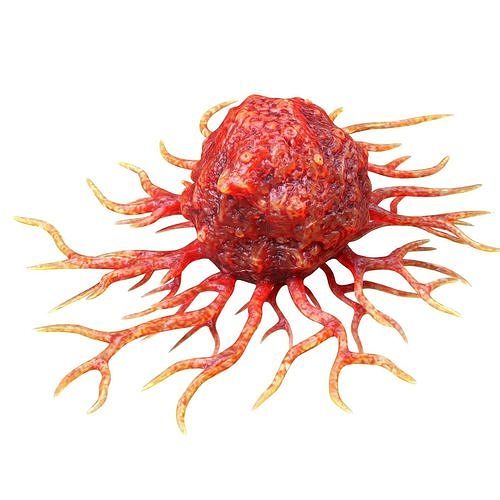
Why three-dimensional cell cultures are popular among cancer researchers
Cancer disease being the second-leading cause of death worldwide is a highly studied subject (1). The models used by cancer researchers are continuously evolving and advancing to better understand cancer invasion, progression, and early detection. Most cancer studies have been performed using traditional 2D models. However, monolayer culture systems of the 2D models were not able to recapitulate the complexity of tumor architecture and physiology. 3D culture systems have enabled more cell-cell and cell-extracellular matrix interactions and are promising tools ready to be used in diagnosis, drug screening, and personalized medicine. This article discusses the importance of 3D cultures in oncology research (2).
3D cancer models alter cell morphology and proliferation
cancer cells grow at a uniform rate and adhere to only one surface when grown in a monolayer cell culture. However, growing the same cells in 3D induces zones of differential proliferation. In 2013 Janet M. Lee discovered how growing ovarian epithelial cells induce histological morphology resembling that of the tumor type from which they are derived. The same ovarian epithelial cell lines did not show histological differentiation when grown in 2D (3,4).
3D models recapitulate realistic a realistic drug response
This provides an opportunity to study drug therapies in vitro before proceeding to animal models and ultimately clinical trials. Perche and Torchilin discovered in 2012 how cancer cells when grown as 3D spheroids, can increase resistance to chemotherapy due to the inner cells being protected from drug penetration by the outer cells (5). Another study that supported how drug resistance is found in tumors in vivo is recapitulated in vitro 3D models by Longati et al., in 2013. There they demonstrated how pancreatic cancer cell lines and freshly isolated pancreatic cells from a pancreatic cancer mouse model showed increased expression of several drug resistance genes that lead to increased drug resistance in 3D cultures compared to 2D culture (6).
3D cancer cell culture models mimic the tumor microenvironment
In vitro 3D cell culture models used to study oncology closely resemble the cells that grow in in vivo tumors. It is possible to manipulate the components of the tumor microenvironment to understand the main drivers of cancer. Cancer-associated fibroblasts (CAFs) are a crucial target for multi-drug therapies as they influence tumor proliferation and metastasis. Including CAFs in 3D cancer model can help to understand their role in tumor progression (7).
References
1. https://www.cancer.gov/
2. Atat OE, Farzaneh Z, Pourhamzeh M, Taki F, Abi-Habib R, Vosough M, El-Sibai M. 3D modeling in cancer studies. Hum Cell. 2022 Jan;35(1):23-36. doi: 10.1007/s13577-021-00642-9. Epub 2021 Nov 10. PMID: 34761350.
3. Sajjad H, Imtiaz S, Noor T, Siddiqui YH, Sajjad A, Zia M. Cancer models in preclinical research: A chronicle review of advancement in effective cancer research. Animal Model Exp Med. 2021 Mar 29;4(2):87-103. doi: 10.1002/ame2.12165. PMID: 34179717; PMCID: PMC8212826.
4. Lee JM, Mhawech-Fauceglia P, Lee N, Parsanian LC, Lin YG, Gayther SA, Lawrenson K. A three-dimensional microenvironment alters protein expression and chemosensitivity of epithelial ovarian cancer cells in vitro. Lab Invest. 2013 May;93(5):528-42. doi: 10.1038/labinvest.2013.41. Epub 2013 Mar 4. PMID: 23459371.
5. Perche F, Torchilin VP. Cancer cell spheroids as a model to evaluate chemotherapy protocols. Cancer Biol Ther. 2012 Oct;13(12):1205-13. doi: 10.4161/cbt.21353. Epub 2012 Aug 15. PMID: 22892843; PMCID: PMC3469478.
6. Longati P, Jia X, Eimer J, Wagman A, Witt MR, Rehnmark S, Verbeke C, Toftgård R, Löhr M, Heuchel RL. 3D pancreatic carcinoma spheroids induce a matrix-rich, chemoresistant phenotype offering a better model for drug testing. BMC Cancer. 2013 Feb 27;13:95. doi: 10.1186/1471-2407-13-95. PMID: 23446043; PMCID: PMC3617005.
7. Allen M, Louise Jones J. 2011. Jekyll and Hyde: the role of the microenvironment on the progression of cancer. J. Pathol.. 223(2):163-177. https://doi.org/10.1002/path.2803



